Chapter: Power System Analysis : Fault Analysis : Balanced Faults
Symmetrical Fault
SYMMETRICAL FAULT
In symmetrical faults all the three phases are short circuited to each other and to earth also. Such faults are balanced and symmetrical in the sense that the voltage and current of the system remains balanced even after the fault and it is enough if we consider any one phase
Short circuit capacity of power system or fault level.
Short circuit capacity (SCC) or Short circuit MVA or fault level at a bus is defined as the product of the magnitude of the pre fault bus voltage and the post fault current
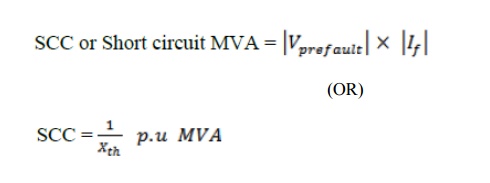
Synchronous reactance or steady state condition reactance
The synchronous reactance is the ratio of induced emf and the steady state rms current. It is the sum of leakage reactance (Xl) and the armature reactance (Xa).
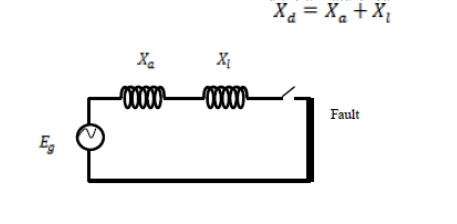
Sub transient reactance
The synchronous reactance is the ratio of induced emf on no load and the sub transient symmetrical rms current.
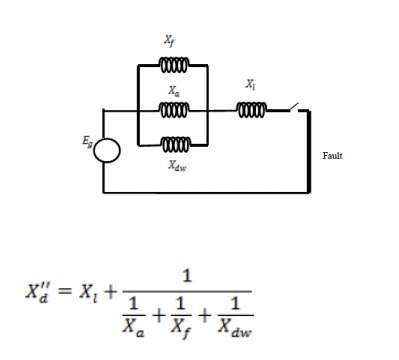
Transient reactance
The synchronous reactance is the ratio of induced emf on no load and the transient symmetrical rms current.
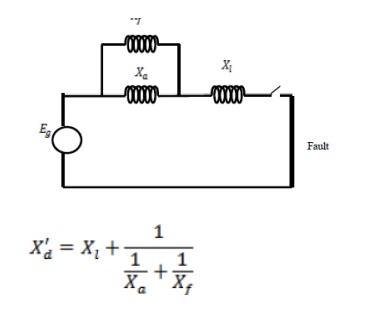
Fault current in fig., if the Pre-fault voltage at the fault point is 0.97 p.u.
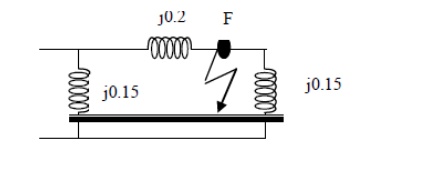
Thevenin’s theorem:
(i). Fault current = Eth / (Zth+Zf)
(ii). Determine current contributed by the two generators IG1 = If * (Z2/(Z1+Z2))
IG2 = If * (Z1 / (Z1+Z2))
(iii). Determine Post fault voltage Vif = Vi°+ΔV = V°+(-Zi2*IGi)
(iv). Determine post fault voltage line flows Iij = (Vi –Vj) / Zij series
(v). Short circuit capacity If = │Eth│2 / Xth
Related Topics